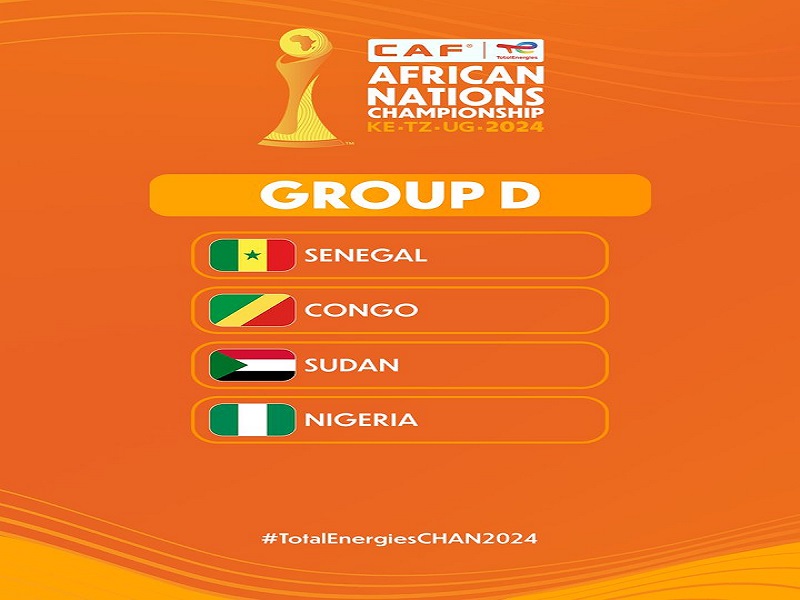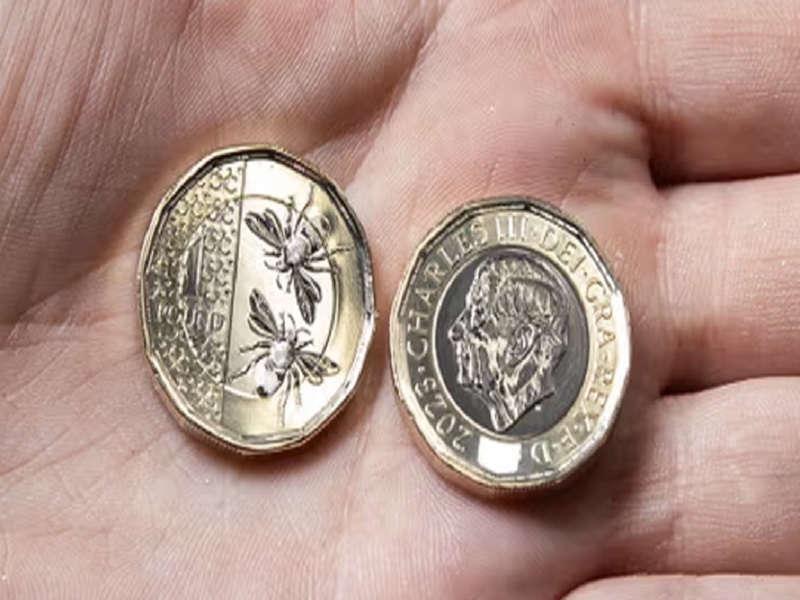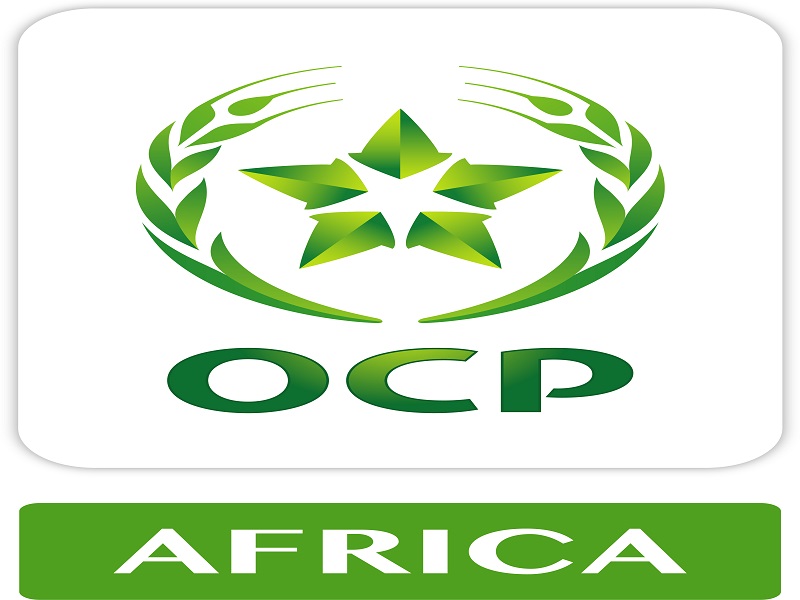Introduction
Plantain as a major source of food in Nigeria and Sub-Sahara Africa, which can be grown and processed profitably in commercial quantity in all the southern states of Nigeria.
Research has shown that over 70 million metric tons of plantain is the world’s annual production. Notwithstanding, the nation is still in short supply of the product as demand is greater than supply.
Viability
Plantain can either be used for domestic consumption or as a source of raw material by the plantain value chain/other processing producers.
Plantain can be processed into chips or flour and sold locally or internationally through export, will involve international best practices.
Plantain flour is largely consumed by diabetic patients as it is low in carbohydrate and rich in ion content. Its consumption worldwide is daily on the increase.
Market Potential
The potential national demand for plantain flour has been estimated to be in excess of 200,000 tons per annum, while the current supply level is less than 20 percent of the estimated annual demand with very few companies producing on automated process, but all small scale manufacturers.
Machinery/facilities
The machinery/facilities needed for a small/medium scale plantain flour mill:
- Drying machine
- Slicing/chipping machine
- Milling machine
- Packaging machine.
Raw material
Plantain is the major raw material for plantain flour production. Plantain is readily available all year round in commercial quantities in all the southern states of the country, especially in Ekiti, Ondo, Enugu, Imo, Osun, Oyo, Ogun, Anambra, Edo, Delta, Bayelsa, e.t.c
Nigeria is said to be the largest producer of plantain in West Africa.
Production process
- Sorting: This involves inspection of plantain fingers to identify and eliminate spoilt and immature pulps.
- Weighing: The sorted plantain properly weighed to ascertain the appropriate quantity of the raw plantain.
- Blanching: The green plantain fruits are soaked in hot water for some minutes to soften the skin for easy peeling.
- Peeling: The plantain peels are removed manually using sharp knives to obtain the pulp.
- Slicing/Chipping: The pulp is sliced or chipped with the aid of a mechanical slicer.
- Drying: The sliced plantain is dried in a short time with the aid of an industrial drying machine.
- Milling: The dried plantain slices/chips are milled in a hammer mill.
- Sieving: The flour is sieved to obtain the desire particle size.
- Packaging: The flour is packaged in moisture proof packaging material ready for sale.
Capital requirement:
Capital requirement depends on the capacity of processing plant you want to install. Total monetary requirement\depending on the capacity ranges from as low as N850, 000 to as much as 36.9million.
Profitability:
It is highly profitable as the consumption awareness is daily on the increase.
Source: Charles Okonji, The Nation.






























































